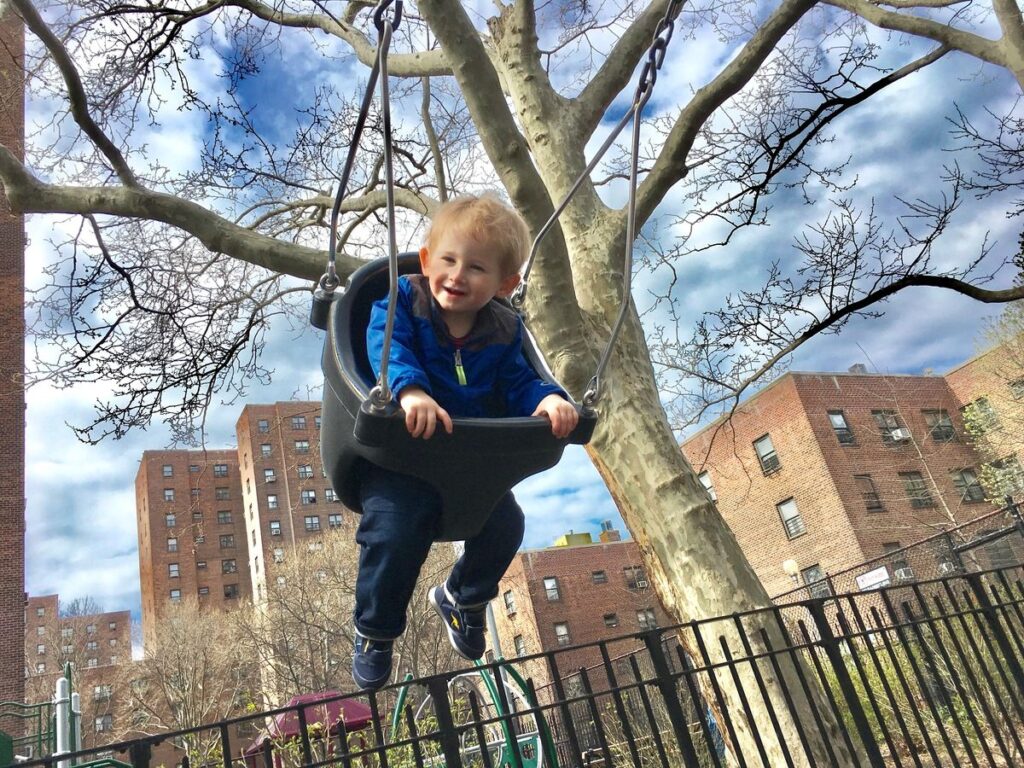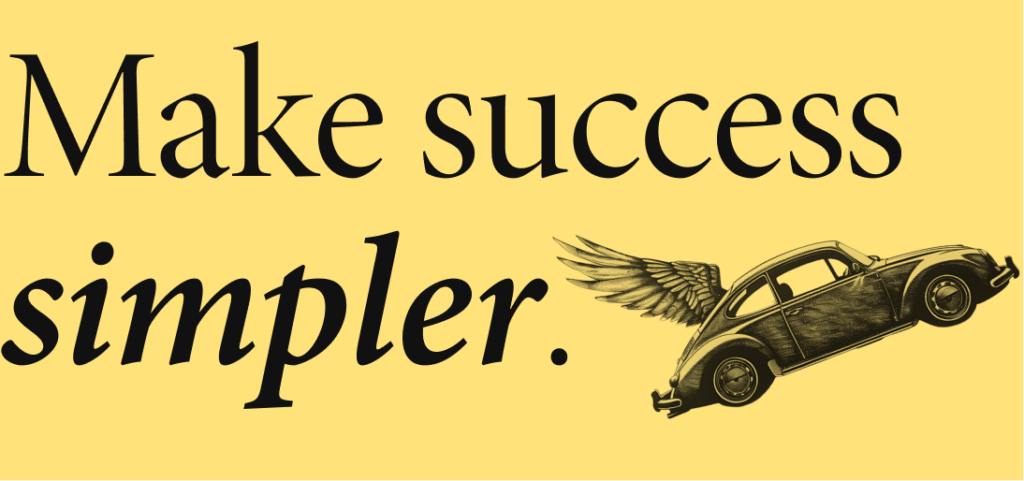Welcome to One Thing Better. Each week, the editor in chief of Entrepreneur magazine (that’s me) shares one way to level up — and build a career or company you love.
Today’s one thing: You’re stuck between two choices.
That one thing, better: You’re choosing your problems.
You have a hard decision to make.
In front of you are two choices. Both are scary. Neither is perfect. They’re exciting in their own way, but also full of risk. So you’re frozen between the two. Which do you pick?
I’m sure you’ve experienced this. Maybe you’re experiencing it right now. So today, I want to give you a way to decide.
It starts by embracing the thing we often run away from: problems.
I’ll explain it all, and show you it just helped a neighbor think through one of the biggest decisions of his life.
First, let’s talk about what not to do.
As you try to decide between two choices, you’ll be tempted to ask: Is this perfect?
We ask that all the time. We want things to be easy! To be obvious! We want to find the option with zero problems. Because if something has problems, we figure, then it’s probably the wrong choice.
But that’s foolish. Here’s why: Nothing is perfect.
If you’re looking for perfection, you’ll never find it. If you discard imperfect things, you’ll discard everything.
So here’s a better question to ask: Is my new problem better than my old problem?
Now you’re making room for problems. You’re being more realistic. And you’re tracking progress through problems. You’re accepting that life is not a march towards perfection; it is always in need of rebalancing. The greatest thing we can achieve is a better set of problems.
But OK — how do you put that into actual practice?
To see how it works, join me on the playground…

A real-life, very hard decision
Last weekend, I was at the playground pushing my four-year-old on a swing. (That image above, fwiw, is actually my now-7-year-old son when he was 22 months. But who’s keeping track?)
While there, I got to chatting with a dad at the swing next to me. Let’s call him Roberto. We started talking about work, and I said I’ve come to specialize in helping people navigate big changes. (If you don’t already know this: Oh, do I have a book for you!) Then Roberto told me: “I’m facing a big change right now.”
“Tell me about it!” I replied.
So he did.
Roberto and his wife have one child, and they live in an apartment in Brooklyn. Roberto’s wife wants to send their son to a special kind of school, which would be monstrously expensive in Brooklyn. So she wants to move the suburbs, where they can afford it.
Roberto hates this idea. He loves Brooklyn and wants to stay. This is a very Brooklyn situation.
“I know what you should do,” I said.
Then I shared some advice I got from Katy Milkman, a Wharton professor who studies how people change behaviors. She told me that people are often afraid of big decisions because they feel like long-term commitments — which is why “we need to be more comfortable labeling it: This is an experiment. It’s not my end goal. I’m exploring,” she said to me. “So you try a few different things and treat those as data that you’re gathering.”
What would an experiment look like for Roberto? Well, he and his family could rent a house in his wife’s ideal location over the summer! Put the kid in camp locally. See what life is like.
“That’s exactly what we’re doing,” he said. It’s happening this summer for two months. “But I won’t be there that often.”
“If you’re not there, then the experiment doesn’t work,” I said.
Then he explained the rest of the problem. Roberto has spent 15 years building a service business in Brooklyn, and it’s now very successful and runs entirely on word of mouth. He cannot afford to be out of the city for extended stretches, because his projects will falter and the word-of-mouth cycle will break.
Could he commute? Sure, but it would be hours each day. This is what makes him so resistant to the move: If they leave the city, his business will disappear, and so will a substantial portion of the family income.
He imagines being in a suburb, knowing nobody, totally isolated, and unable to work.
He tries to talk with his wife about this, but, he says, she is very emotionally invested in moving. It’s hard for them to see this problem clearly.
“OK,” I said. “I have some homework for you both.”
It’s time to make a big, problematic list.
As Roberto and his wife debate this decision, they are so busy arguing their points that they’re unable to agree upon what their real problems are. Each seeks something that is perfect. For Roberto, his work situation is perfect. For his wife, the upstate school situation is perfect. They’re anchoring everything on those two facts.
I told him what I’ve already told you — that we cannot seek perfection. We must instead ask: Is our new problem better than our old problem?
So how can they do that in a constructive way?
Now we’ve reached the exercise.
Roberto and his wife have two scenarios in front of them. In the first, they stay in Brooklyn. In the second, they leave.
They need to list out every possible problem with both scenarios. Because let’s be clear: Both scenarios are problematic! And although they may disagree with each other’s priorities, they can at least agree on what a problem looks like.
Let’s start with these:
If they stay in Brooklyn…
- They’re dealing with high costs and a small living space.
- Roberto’s wife doesn’t get the school she wants, which she may resent him for.
- Or, they pay for private school and struggle to pay for it.
- And more!
If they leave Brooklyn…
- They leave their friends and family, and start over socially.
- Roberto may lose his work, which he may resent her for.
- One or both of them may have long commutes back to the city.
- And more!
Now they see the problems. Next, they must plot out what it takes to solve those problems. All of them. In both scenarios.
If they stay in Brooklyn and want to pay for private school, for example, they’d need to rework their finances or move to a cheaper part of the city. If they leave, Roberto could take a job instead of rebuilding his business. And of course, no matter the decision, someone in this couple is going to be unhappy — so what will resolve that?
What’s the point of this exercise?
Simple: You can’t weigh problems against problems. It’s too abstract. You’ll just default to which thing you want more. But once you start trying to solve the problems, you can see which solutions are actually worth the sacrifice.
You can finally answer the question: Which is the better set of problems?
“I’m going to do this with my wife,” Roberto told me. We exchanged numbers. He said he’d text me an update.
I haven’t gotten that text yet — but I don’t expect it for a while. This is a delicate process. But now they at least have a framework to start.
And so do you: Identify all the problems, imagine solving them all, then decide which solutions are more worth the pain.
No decision results in perfection. It will just result in more problems. But you get to choose which problems to have. That is what you can control.
And that’s how you do one thing better.
